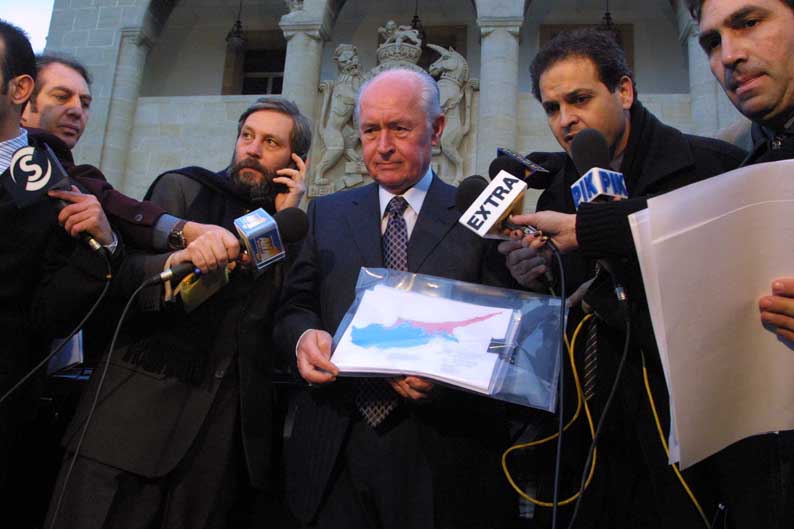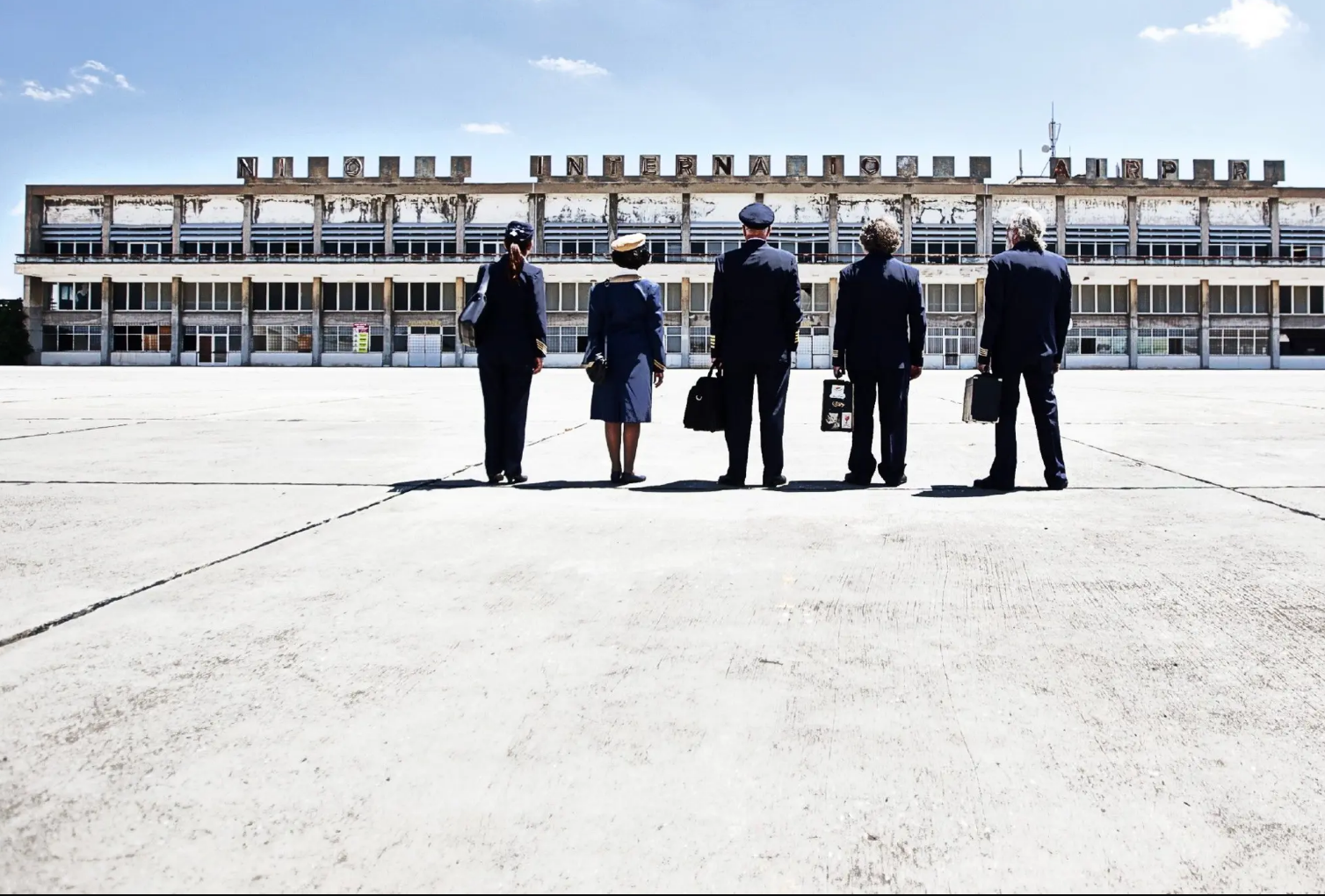The euro climbed on Monday after a convincing and historic win by the French far right in the first round of parliamentary elections fell slightly short of some expectations, leaving the final result dependent on party deals before a second round next weekend.
Meanwhile, the yen sank to a new 38-year low after data showed Japan’s economy shrank more than initially reported in the first quarter, leaving traders on alert for signs of intervention to prop up the currency.
Marine Le Pen’s far-right National Rally (RN) party won the first round of France’s parliamentary elections on Sunday by a large margin, exit polls showed, although analysts noted it won a smaller share of the vote than some polls had initially projected, triggering a rally in stocks and bonds.
The euro was last 0.4 per cent higher at $1.0753, having earlier climbed to a two-week high. It has lost around 1.3 per cent since the French far right triumphed in European parliamentary elections in early June, prompting President Emmanuel Macron to call a snap domestic election.
“It’s an alleviation of risks. We’re seeing a lot of hedges going into the French election getting unwound,” said Simon Harvey, head of FX analysis, at Monex Europe in London.
Investors have been concerned that the RN could come to power through “cohabitation” with Macron and push a high-spending and euro-sceptic agenda.
“First round results are not offering much certainty about the composition of the parliament, and the second round scheduled for next weekend is in fact the big risk event,” said Francesco Pesole, currency strategist at ING.
Pesole also said the fact that the left-wing coalition, which also wants to boost government spending, did not receive more votes than expected was likely boosting the euro too.
The rise in the euro sent the dollar a touch lower against a basket of currencies, though the greenback was on the back foot after data on Friday showed US inflation cooled in May, cementing expectations the Federal Reserve will begin cutting interest rates later this year.
The dollar index was last flat on the day at 105.72.
Against the dollar, sterling rose 0.2 per cent to $1.2674, while the Aussie was down 0.1 per cent at US$0.6665.
The dollar slipped after data showed after a US manufacturing index fell 48.1 in June, lower than the forecast of 49.1.
US construction spending for May also came in weaker than expected, falling 0.1 per cent, compared with expectations for a 0.2 per cent rise.
Market pricing now points to about a 63 per cent chance of a Fed cut in September, as compared to a 55 per cent chance a month ago, according to the CME FedWatch tool.
YEN UNDER PRESSURE
The yen fell to another 38-year low against the greeenback, sliding to 161.58 yen per dollar. The US currency was last up 0.4 per cent at 161.57.
The yen has fallen more than 12 per cent this year, with its latest decline to the weaker side of 160 per dollar keeping investors on heightened alert for intervention from Japanese authorities to prop up the currency.
“In terms of line in the sand, we have two. We have 163 and if this evolves relatively quickly in the next two to three weeks, I see the Bank of Japan would intervene in the market to purely stem or slow the pace of depreciation,” said Monex’s Harvey.
“If they don’t intervene at 163, then obviously 165 stands out as the next psychological level based on current fundamentals.”
Data showing weaker-than-expected economic growth added to the uncertainty about the Bank of Japan’s next move in interest rates.
The BoJ meets in late July and has hinted that it could raise borrowing costs, potentially helping close the yawning gap between Japanese and US rates that has hammered the yen this year by causing investors to flock to the higher returns on US bonds.
Separate data on Monday showed the business mood in Japan’s service-sector soured in June, offsetting a big lift in factory confidence.







Click here to change your cookie preferences